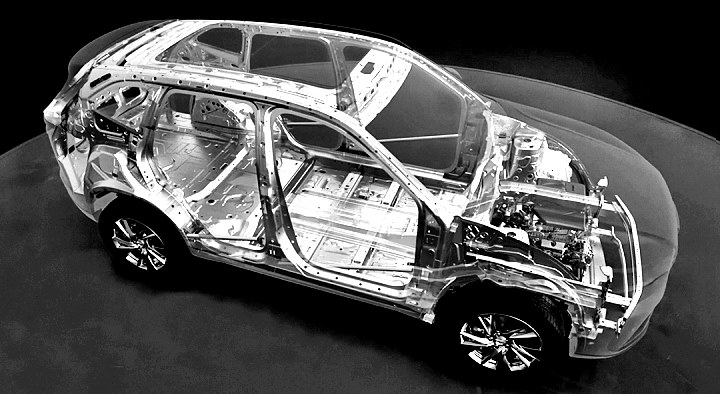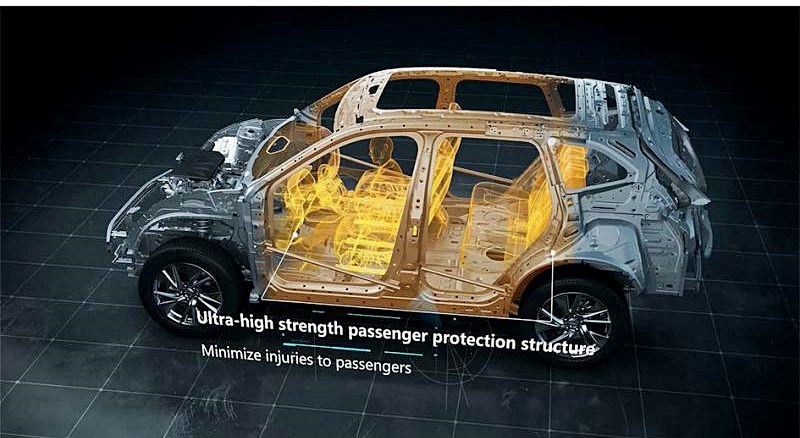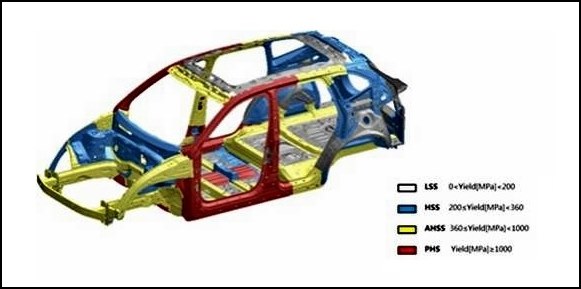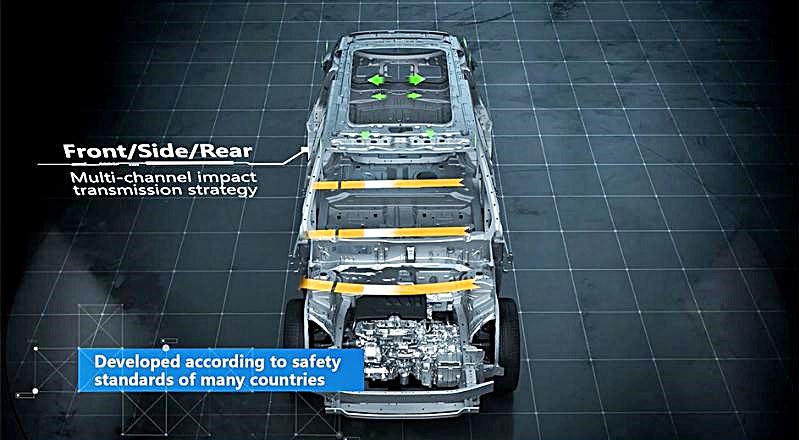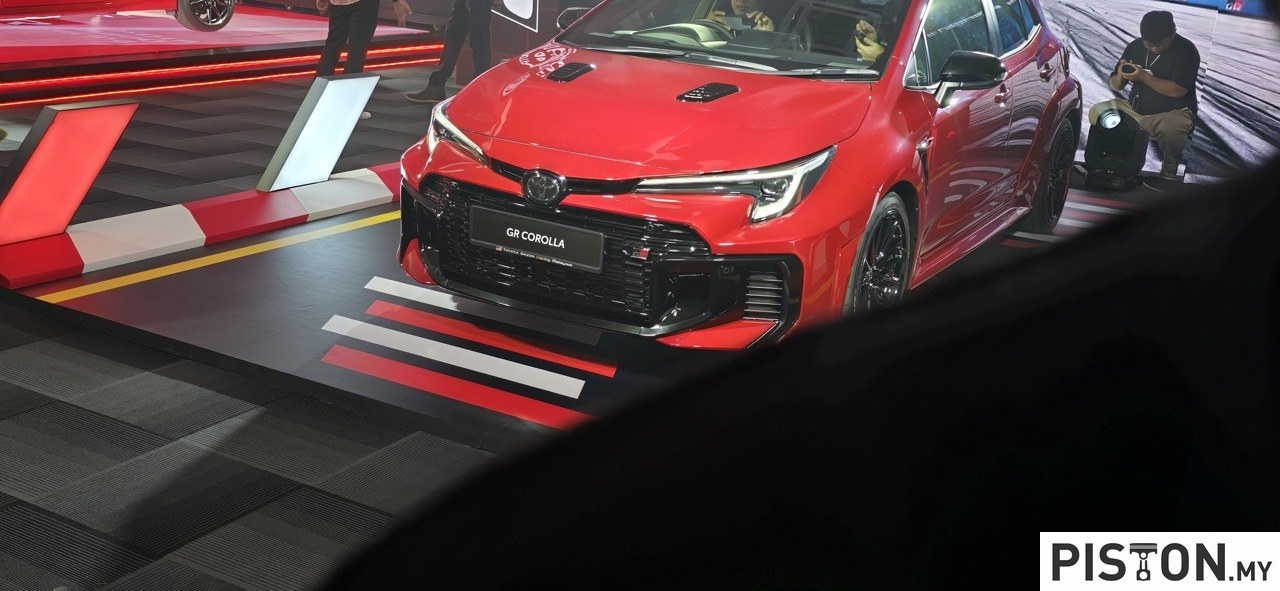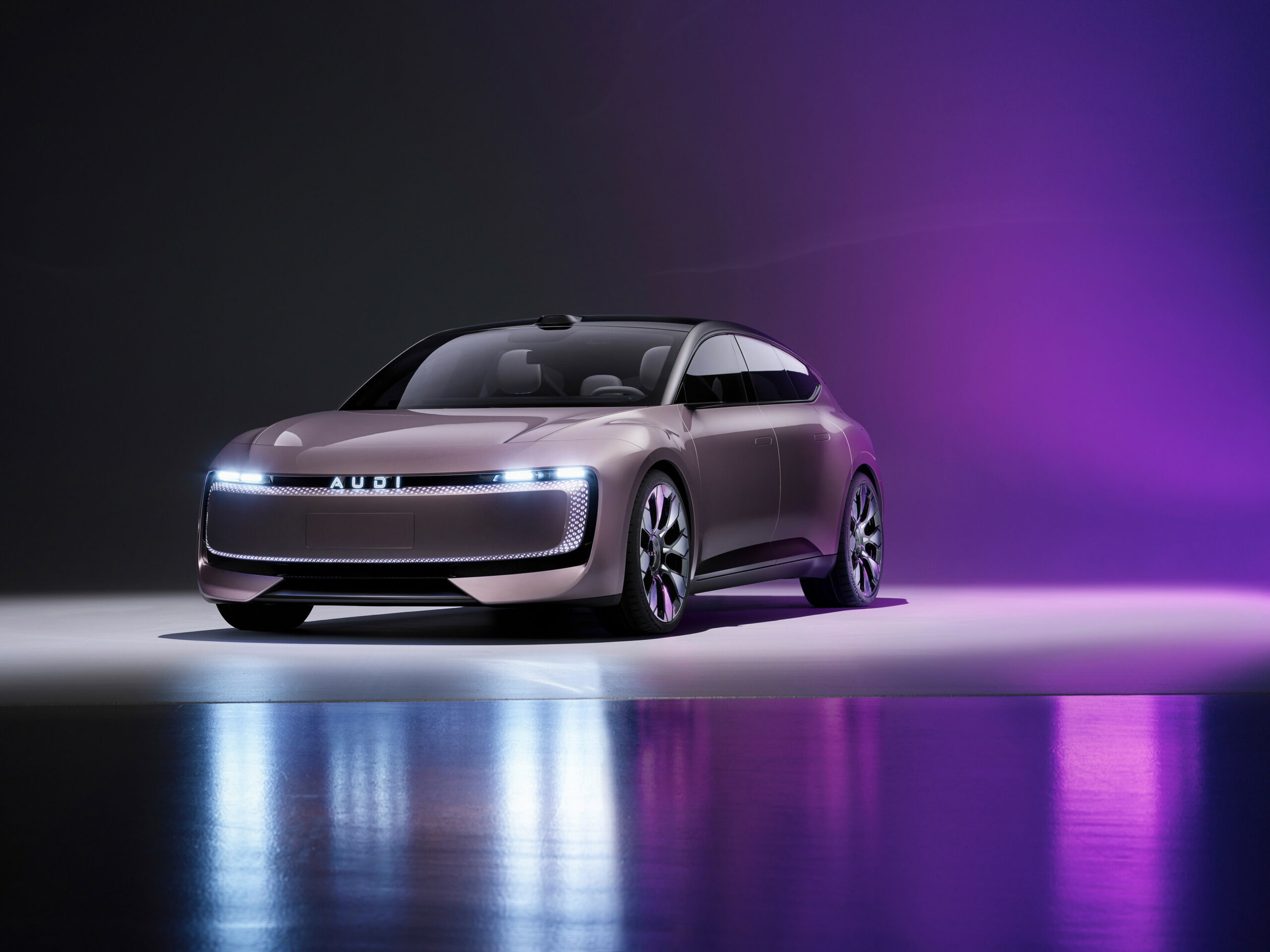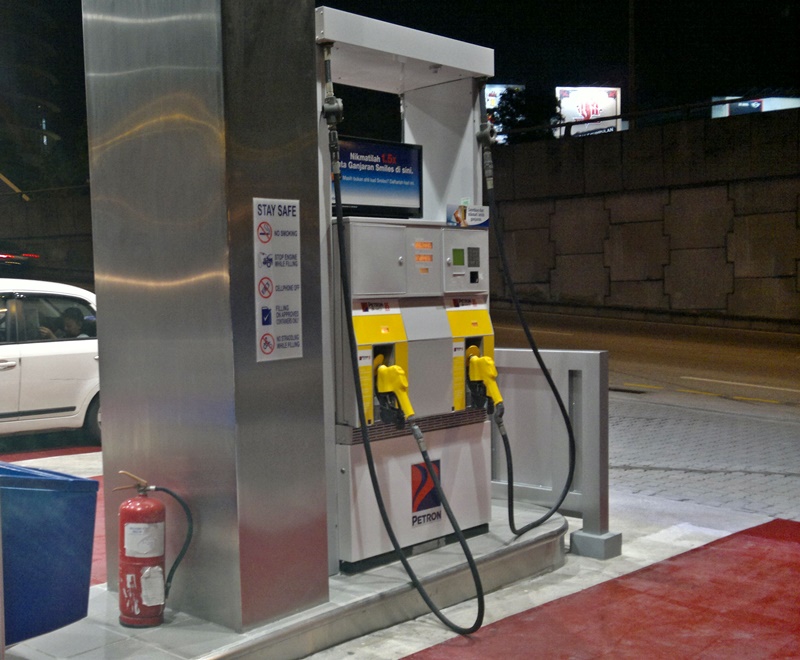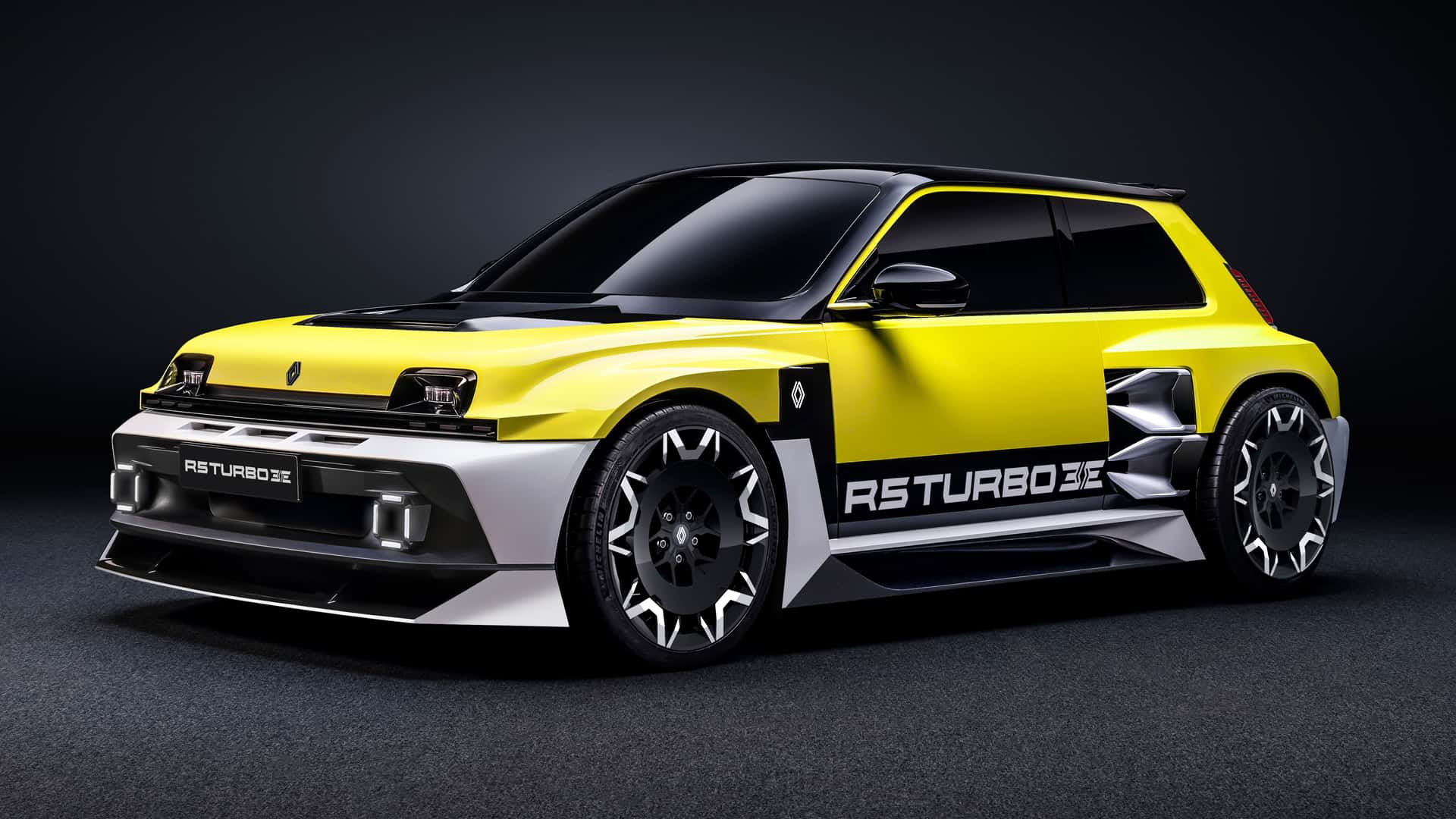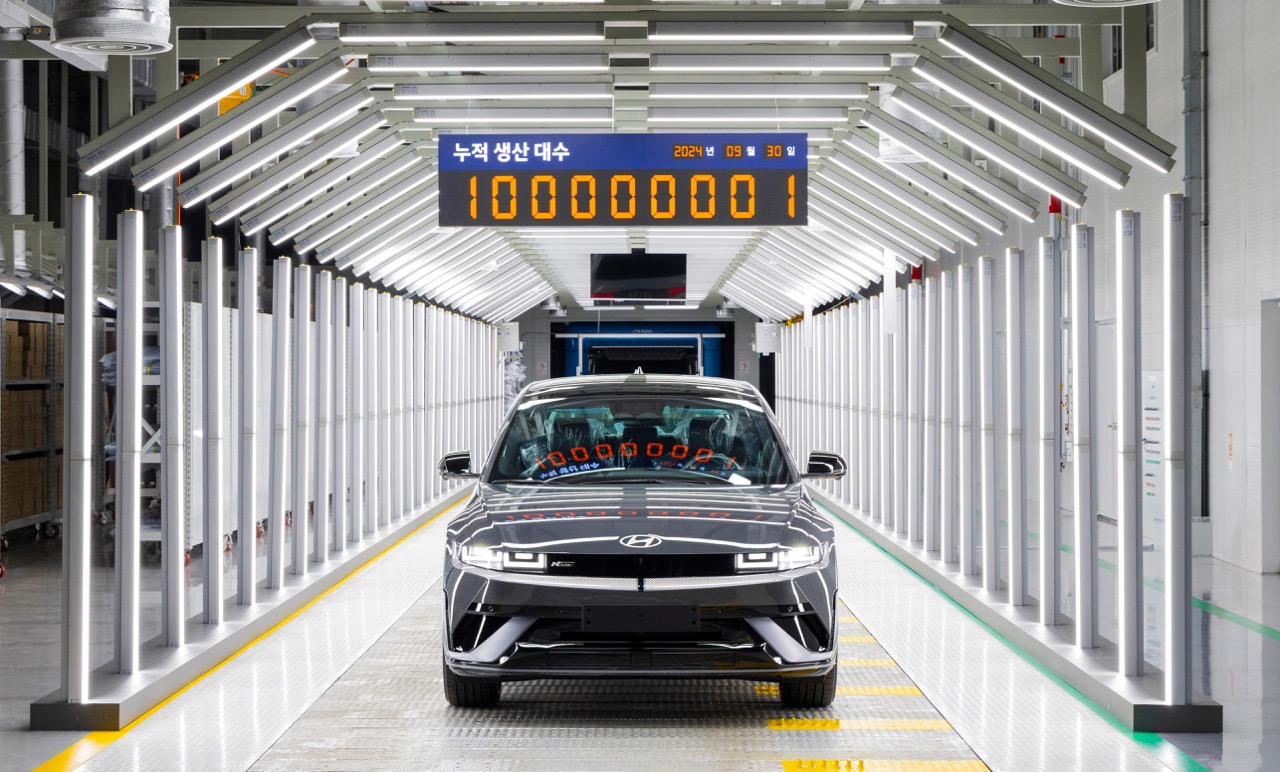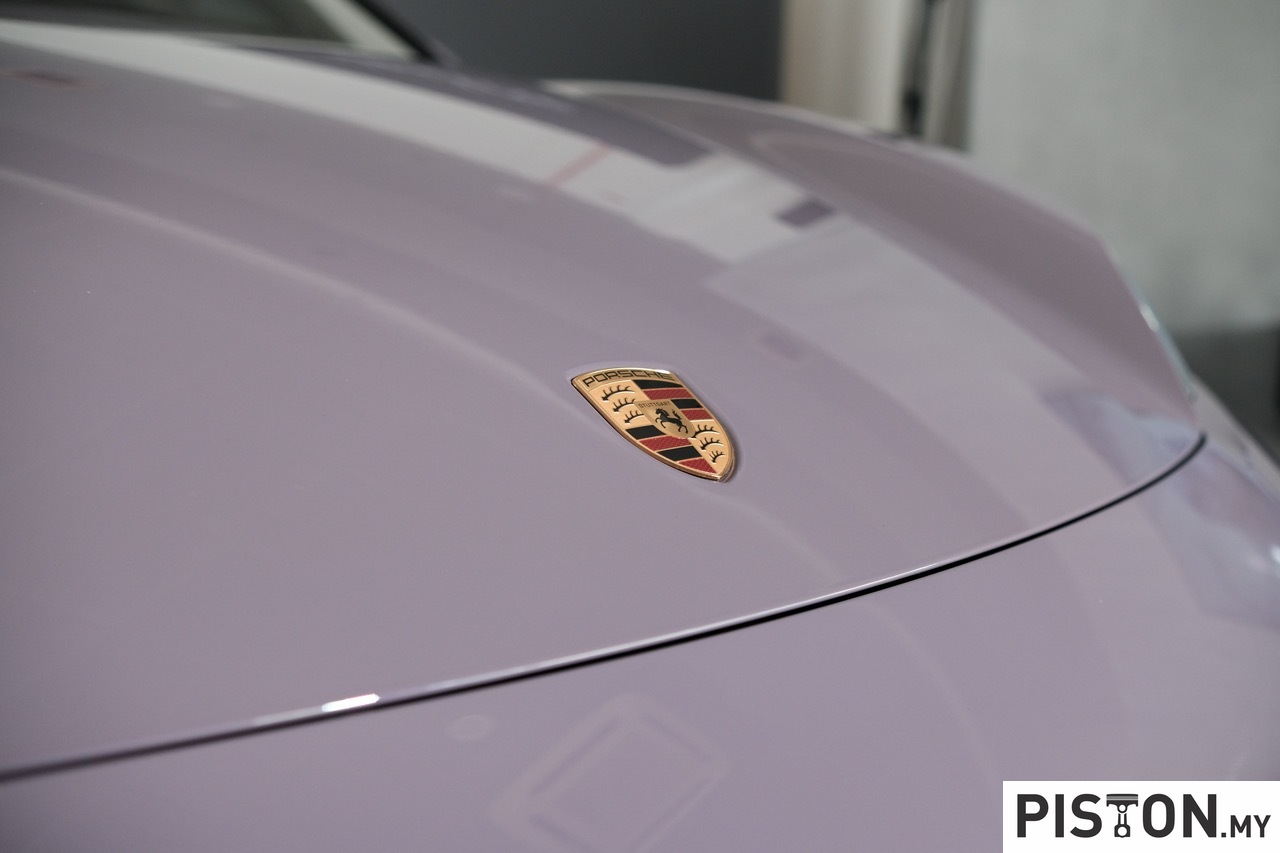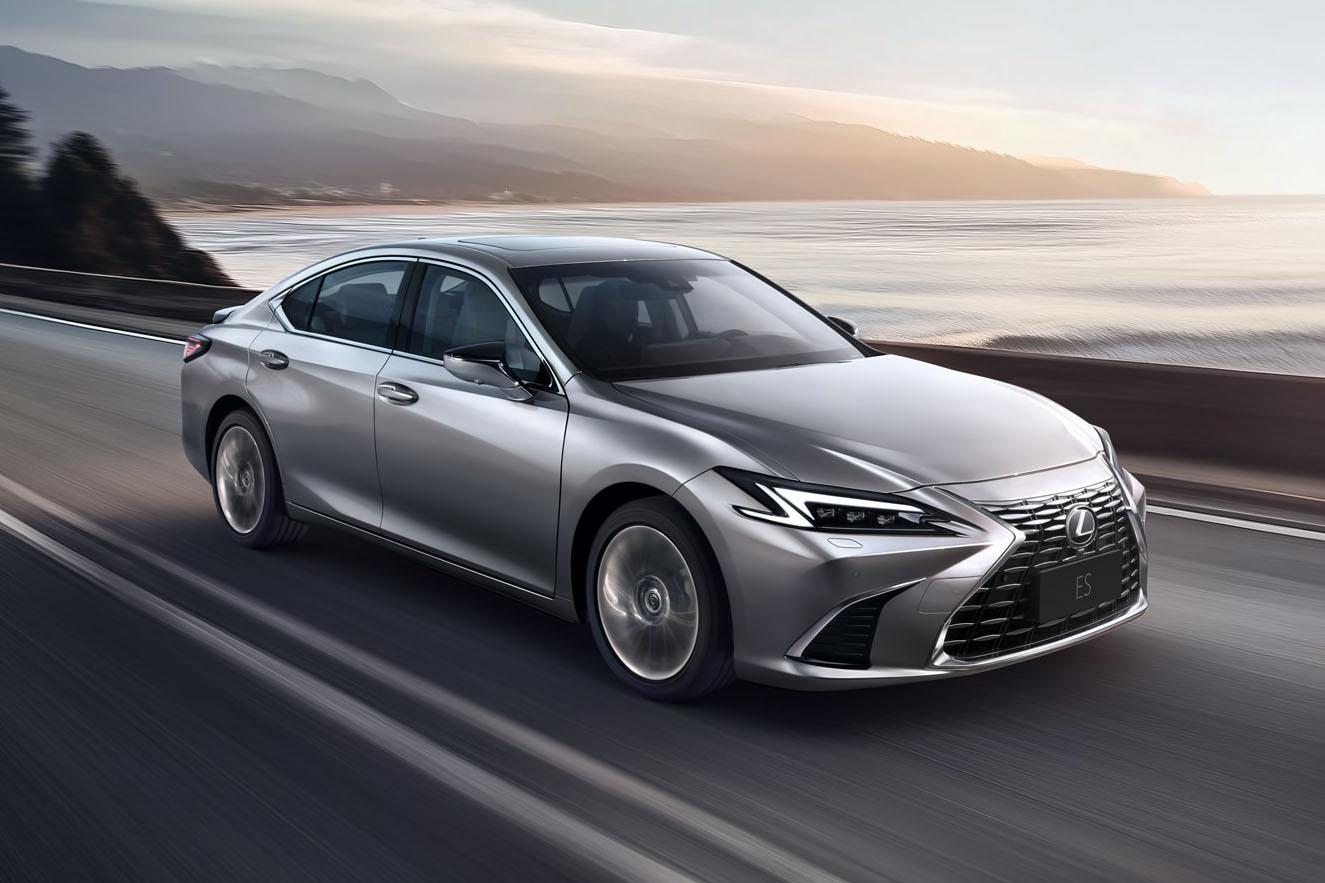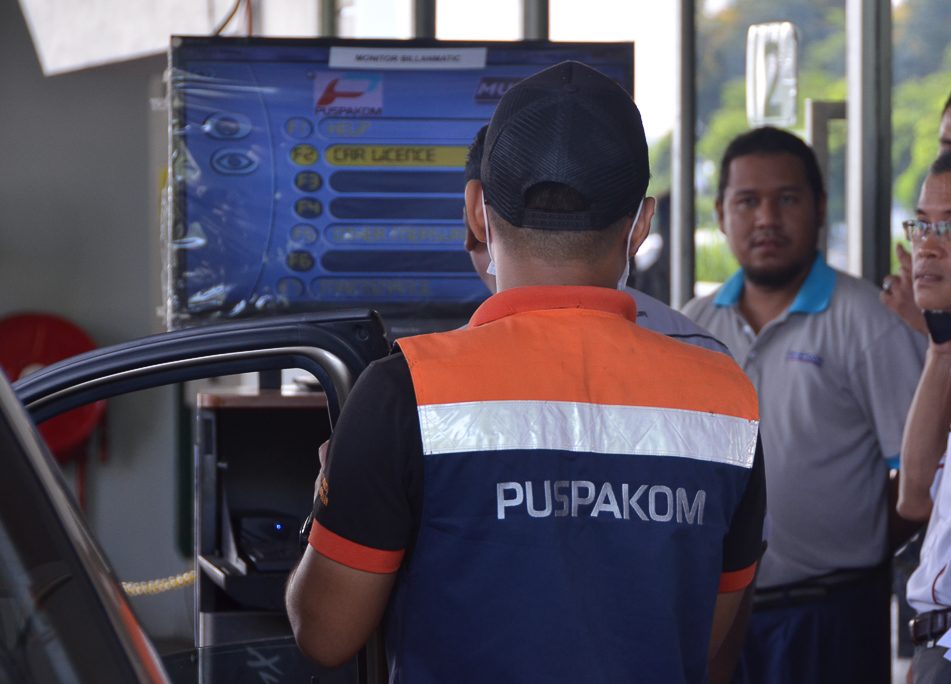It’s not explained how or why Great Wall Motors (GWM) chose to name its technology platform L.E.M.O.N, a name which has a negative meaning when associated with cars. But since it appeared in the third generation of the Chinese company’s Haval H6 SUV in 2020, the platform has been widely publicised in positive terms.
The platform has been developed in-house by GWM and light weight (that could be what the ‘L’ stands for in L.E.M.O.N.) is one of its strong points. In addition to having an all-aluminium body to reduce vehicle weight, there is also a hot-stamped one-piece door ring solution to further cut the kilograms. More significantly, some new models used more than 75% of high-strength steel as well.
The lightweight aspect cannot be understated and to achieve it, GWM engineers made structural improvements, adjusting the material arrangement path and fully improving the torsion resistance and roof crush strength.
At the inception phase of the project, GWM took advantage of simulation topology and MDO (multidisciplinary design) to identify the most effective material arrangement path that meets performance needs like safety and rigidity. After fully improving the body structure, the L.E.M.O.N. Platform was strengthened by using different materials according to the load conditions at different places.
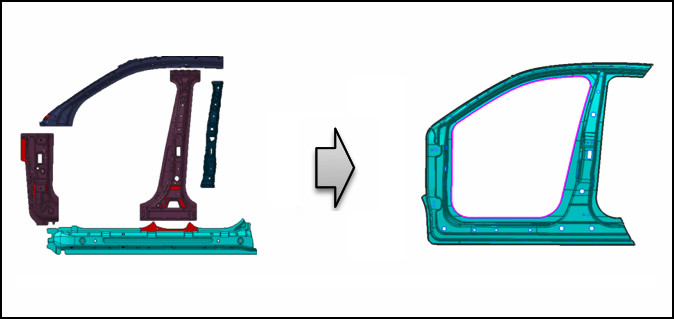
Traditional spot-welding spliced door ring is replaced by integrated hot stamping door ring, which helps remove the centralized collision stress at the joint position along the force transferring path, reduce the body intrusion in the collision, and improve the passenger safety in 25% small overlapping collision conditions.
This obviously has significant benefits in terms of safety and the L.E.M.O.N. Platform has been engineered with this as one of the objectives. GWM engineers have made sure it will be suitable for global application, in Germany where there are no speed limits as well as in the Middle East where the environment is extremely hot.
It can also achieve NCAP 5-star ratings and meet the highest rating of the Insurance Institute for Highway Safety (IIHS) in North America. The 360° panoramic image system is used to protect drivers’ safety that can provide a high-definition display without blind areas to users, helping them observe surrounding road conditions and ensure all-around driving safety.
The platform can be used with four types of powertrains – Internal Combustion Engine (ICE), Hybrid, Battery Electric and Hydrogen Fuel Cell Electric. The hybrid electric powertrain is available in both DHT and P2/P2+P4 architectures. The DHT architecture is more suitable for urban commuting because of longer endurance mileage and low energy consumption. For example, the HAVAL H6 Hybrid with this architecture has a fuel-saving rate of 48 – 50%, with a pure electric endurance mileage of 200 kms, it is claimed.
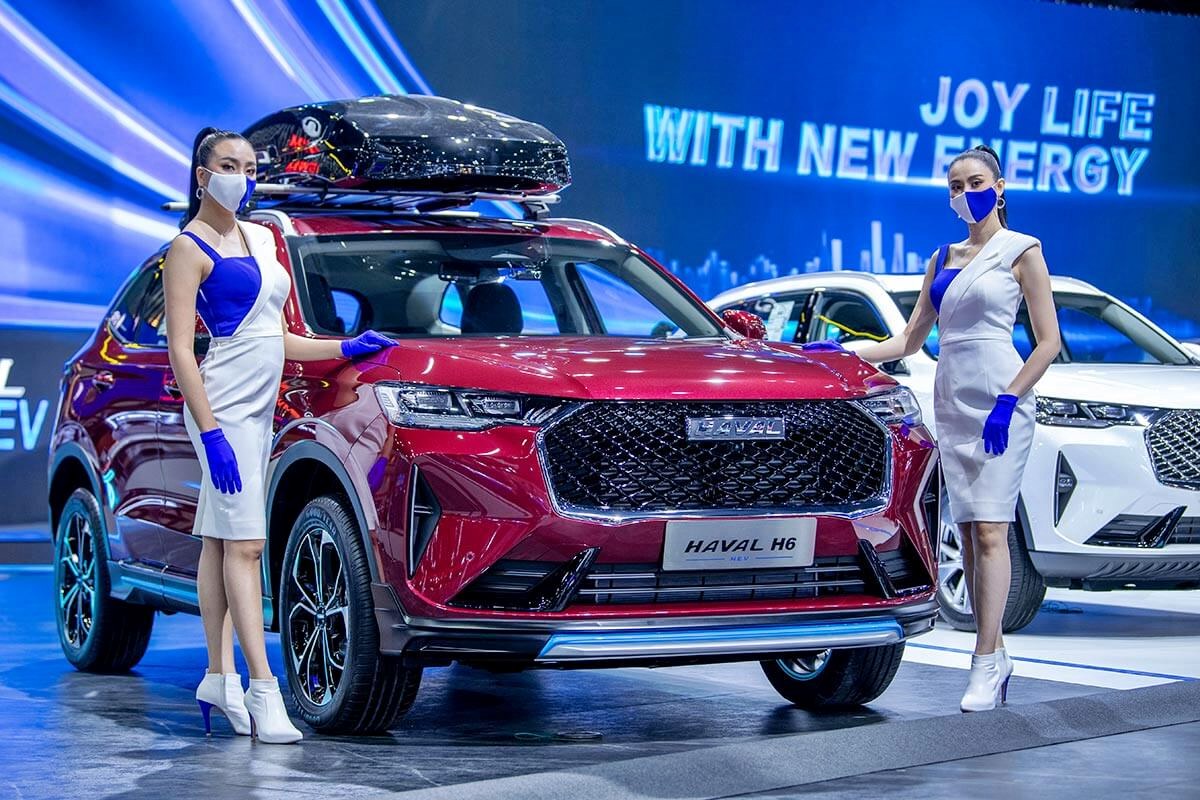
Regardless of the powertrain used, a lighter vehicle will definitely provide benefits in terms of fuel efficiency. GWM’s extensive tests show that if a car’s kerb weight is decreased by 100 kgs, the fuel consumption per 100 kilometres can decrease by 0.3 litre – 0.6 litre. Additionally, the studies also found that carbon dioxide emissions will decrease by about 5 gms per kilometre.
This has been proven with the latest Haval H6 which has had a 100-kg drop in weight compared to the previous generation. Its fuel economy has improved by 14.5%, with fuel consumption per 100 kilometres down to 6.6 litres. If a driver travels 30,000 kms a year, fuel-savings could be 180 litres.
Needless to say, a light vehicle will have better straightline performance and a weight reduction of 10% can see acceleration improving by 8%, while the braking distance can decrease by 5%.
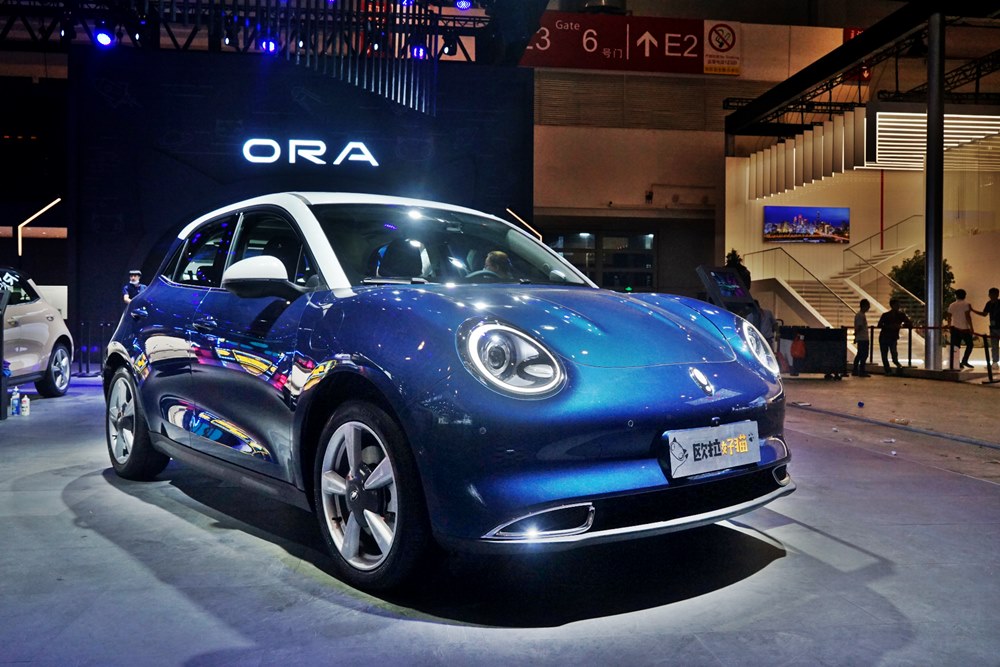
Currently, the models built on the L.E.M.O.N. Platform are latest Haval H6, Dargo, Jolion and ORA Goodcat, all of which are being sold globally.



